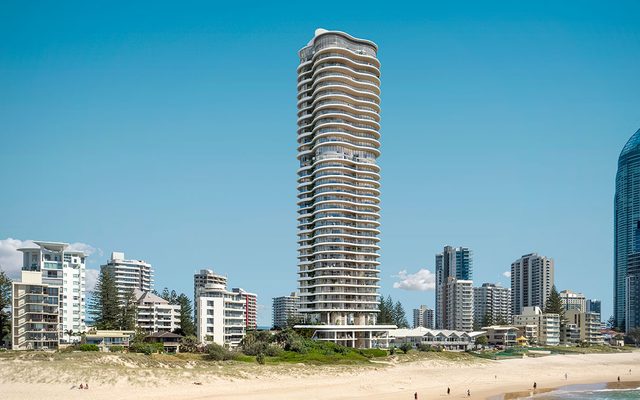This article is from the Australian Property Journal archive
THE Australian Prudential Regulation Authority has removed the investor loan growth benchmark in a bid to revive the slowing residential property sector.
Introduced in December 2014, the 10% cap on investor loan growth was aimed at curbing higher risk lending by the banks and to improve their practices.
At the time, investors accounted for 45% of all new borrowing and in the space of three and a half years, it has fallen to 35% as at February this year.
APRA said announced that temporary measure will be shelved and replace it with more permanent measures to strengthen lending standards.
APRA noted that lending has been below the investor loan growth benchmark for at least the past six months and the banks’ lending policies have met APRA’s guidance on serviceability.
APRA Chairman Wayne Byres said whilst the banks have taken steps to improve lending standards, there is more to do to strengthen the assessment of borrower expenses and existing debt commitments, and the oversight of lending outside of policy.
“The temporary benchmark on investor loan growth has served its purpose. Lending growth has moderated, standards have been lifted and oversight has improved. However, the environment remains one of heightened risk and there are still some practices that need to be further strengthened. APRA is therefore seeking assurances from ADI boards that they will maintain a firm grip on the prudence of both policies and practices,” he said.
Byres warned that for banks that do not provide the required commitments to APRA, the investor loan growth benchmark will continue to apply.
“As part of these measures, APRA also expects ADIs to develop internal portfolio limits on the proportion of new lending at very high debt-to-income levels, and policy limits on maximum debt-to-income levels for individual borrowers. This provides a simple backstop to complement the more complex and detailed serviceability calculation for individual borrowers, and takes into account the total borrowings of an applicant, rather than just the specific loan being applied for.
“In the current environment, APRA supervisors will continue to closely monitor any changes in lending standards. The benchmark on interest-only lending will also continue to apply. APRA will consider the need for further changes to its approach as conditions evolve, in consultation with the other members of the Council of Financial Regulators,” Byres said.
APRA’s announcement will likely result in banks cutting home loan rates for investors, to lure them back to the residential property market which has cooled.
Auction clearance rates across major capital cities have fallen to 50-60% and house prices have slowed.
Recently Morgan Stanley forecast house prices will decline by 8% this year.
RateCity’s Sally Tindall said the gap between owner-occupiers paying principal and interest and investors paying interest-only is 73 basis points.
She predicts the banks will start cutting rates for investor lending.
Last month the major banks began cutting home loan rates, with the NAB slashing the cost of its products by 142 basis points.
“We’ve already seen the some of the major banks move rates down for investors paying interest-only,” she said. “We believe more banks will follow in their footsteps to reclaim some of the investor market,”
“The banks will never go back to the same prices for all borrowers – those days have well and truly passed – but we will see some prices shift back into investors’ favour.”
Australian Property Journal




